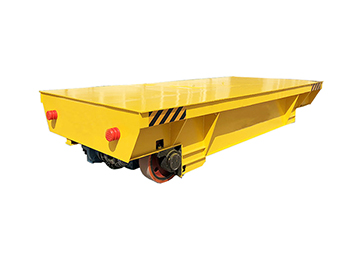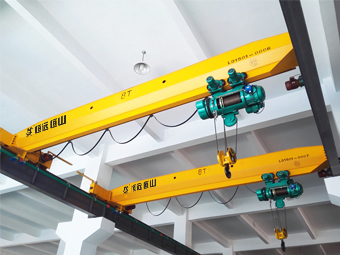What is the difference between mobile crane and overhead crane?
-
Mobility: As the name suggests, a mobile crane is designed to be easily transported and moved around different job sites. It is mounted on a mobile chassis and can be driven on the road. On the other hand, an overhead crane is a fixed crane that is typically installed on a steel beam or track system, and it operates within a specific area or building.
-
Lifting capacity: Mobile cranes are often larger and have a higher lifting capacity compared to overhead cranes. They are designed for heavy-duty lifting operations, such as construction projects and infrastructure development. Overhead cranes, on the other hand, are commonly used in industrial settings and have lower lifting capacities.
-
Range of movement: Mobile cranes have a wide range of movement and flexibility. They can rotate 360 degrees and have a telescopic boom that allows them to reach high or distant objects. Overhead cranes, however, operate on a fixed track system and have limited movement within a specific area.
-
Applications: Mobile cranes are used for various applications, such as construction, infrastructure projects, and emergency response. Overhead cranes are commonly used in industries such as manufacturing, warehousing, and logistics, where there is a need for repetitive lifting and moving of materials.
In summary, the main differences between a mobile crane and an overhead crane lie in their mobility, lifting capacity, range of movement, and specific applications.






.jpg)

.jpg)



.jpg)




